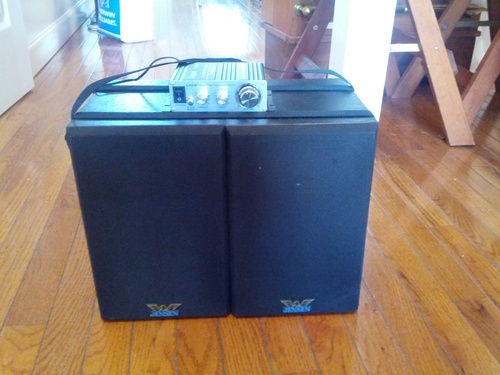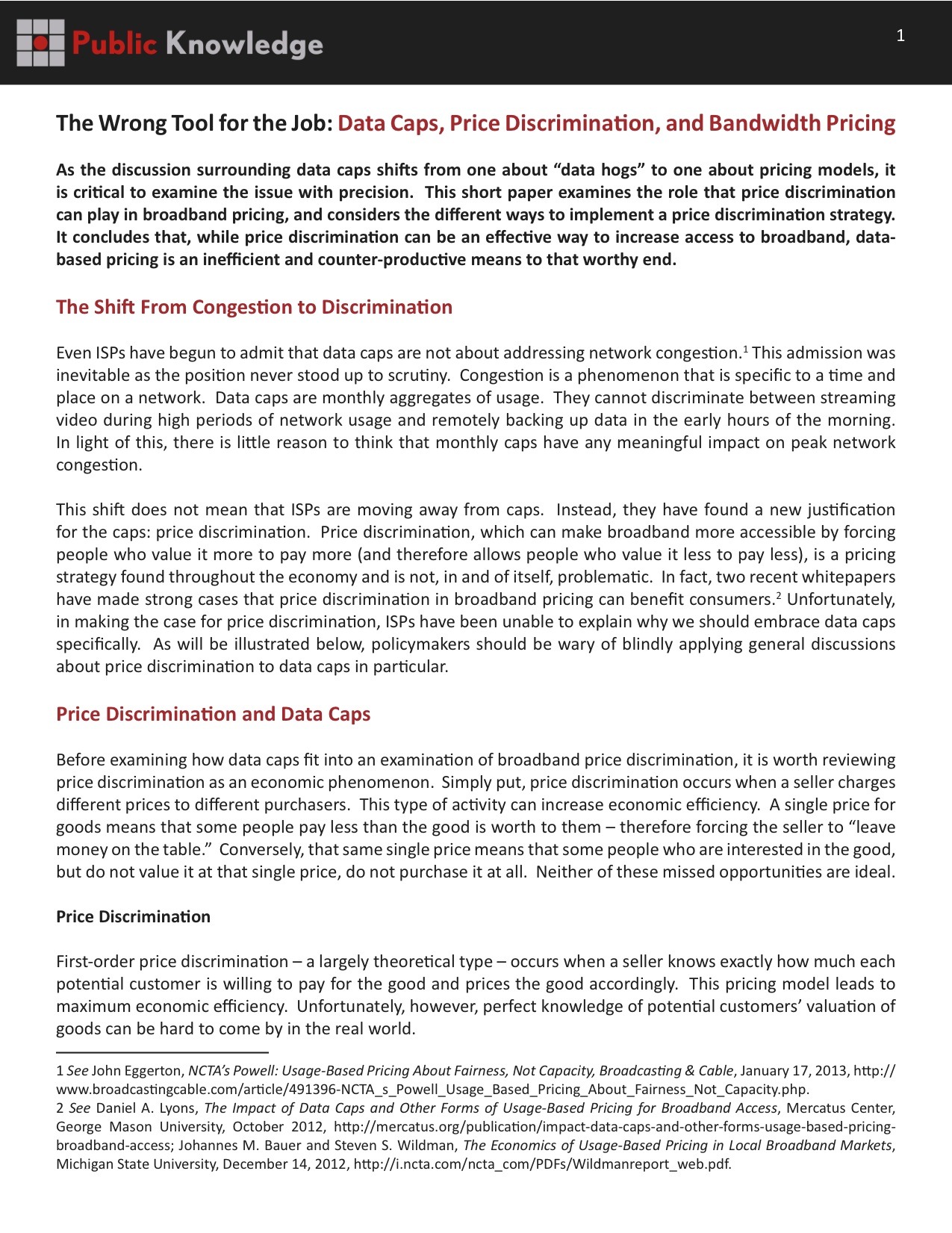Content providers paying ISPs special fees to access customers is exactly what net neutrality is supposed to prevent. It is time for the FCC to heed its own warning.
 News broke today that ESPN is in negotiations with at least one major wireless carrier to pay to exempt ESPN content from data caps. This type of structure, where content providers who pay get better access to customers, is exactly what net neutrality is designed to prevent.
News broke today that ESPN is in negotiations with at least one major wireless carrier to pay to exempt ESPN content from data caps. This type of structure, where content providers who pay get better access to customers, is exactly what net neutrality is designed to prevent.
At its core, net neutrality is all about making sure that the company that connects you to the internet does not get to control what you do on the internet (if you ever forget that, just head on over to WhatIsNetNeutrality.org for a reminder). Imposing data caps on consumers and then allowing wealthy content holders to buy their way around them is a recipe for stagnation online.
What kinds of problems does this create? Fortunately, in its Open Internet Order, the Federal Communications Commission (FCC) provided us with a taste of what may happen (“edge providers” are anyone who creates content like ESPN, Facebook, local governments, and personal websites):
- “a broadband provider may act to benefit edge providers that have paid it to exclude rivals” (Paragraph 23)
- “broadband providers may have incentives to increase revenues by charging edge providers, who already pay for their own connections to the Internet, for access or prioritized access to end users.” (Paragraph 24)
- “Broadband providers would be expected to set inefficiently high fees to edge providers because they receive the benefits of those fees but are unlikely to fully account of the detrimental impact on edge providers’ ability and incentive to innovate and invest, including the possibility that some edge providers might exit or decline to enter the market.” (Paragraph 25)
- “Fees for access or prioritized access could trigger an ‘arms race’ within a given edge market segment. If one edge provider pays for access or prioritized access to end users, subscribers may tend to favor that provider’s services, and competing edge providers may feel that they must respond by paying too.” (Paragraph 25)
- “Fees for access or prioritization to end users could reduce the potential profits that an edge provider would expect to earn from developing new offerings, and thereby reducing edge providers’ incentives to invest and innovate.” (Paragraph 26)
- “if broadband providers can profitably charge edge providers for prioritized access to end users, they will have an incentive to degrade or decline to increase the quality of the service they provide to non-prioritized traffic.” (Paragraph 29)
The deal being discussed could cause all of these harms and more. Now is the time for the FCC to step up and preserve an open internet.
Image by flickr user espensorvik.
Read More...

